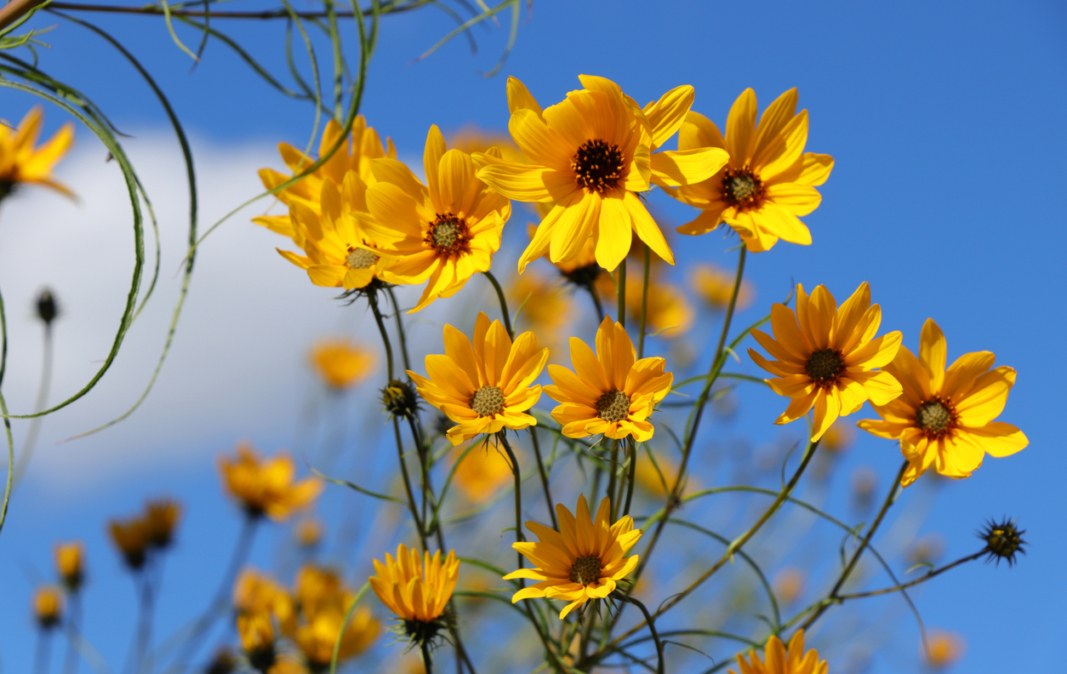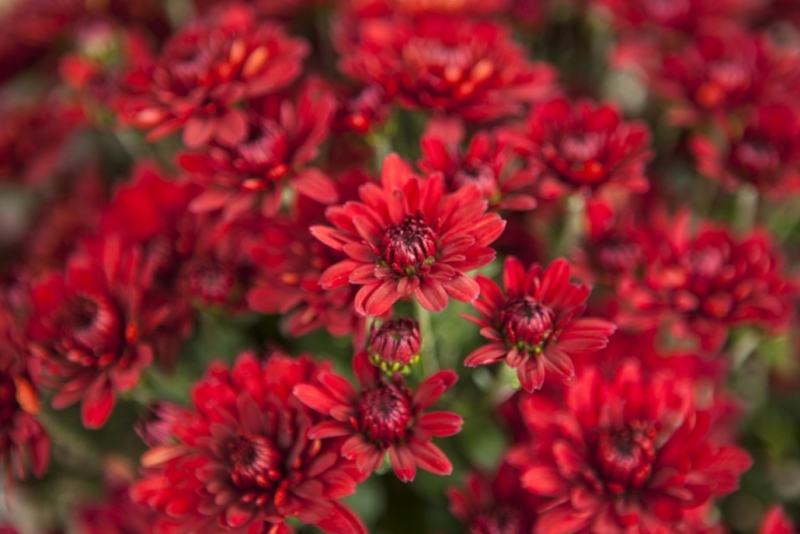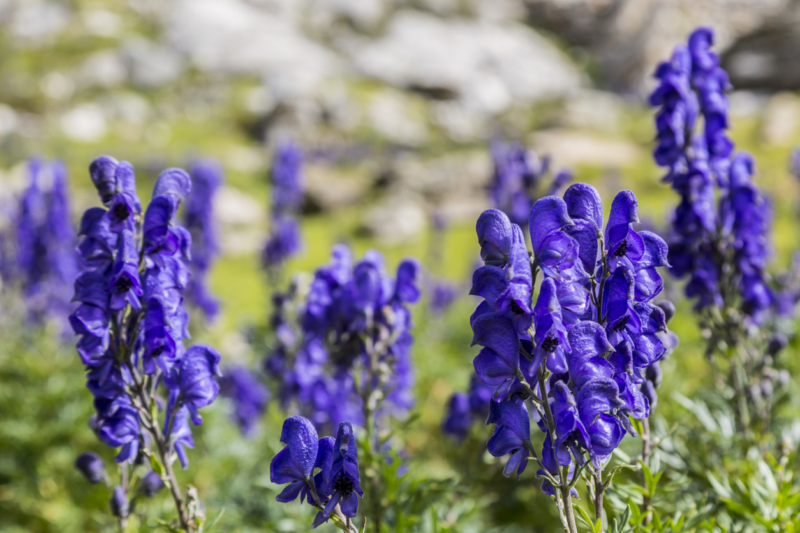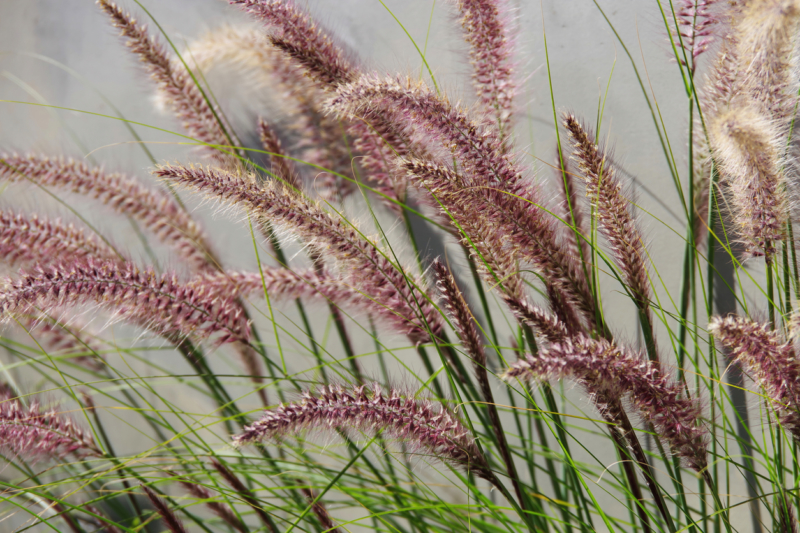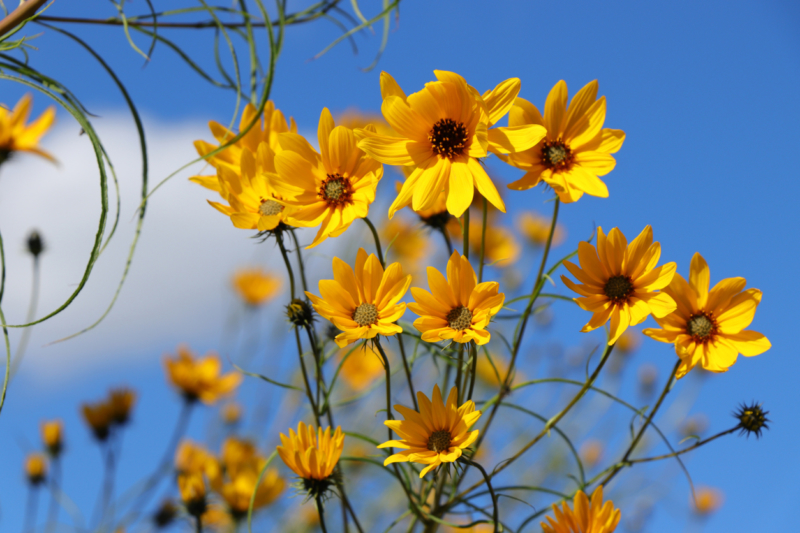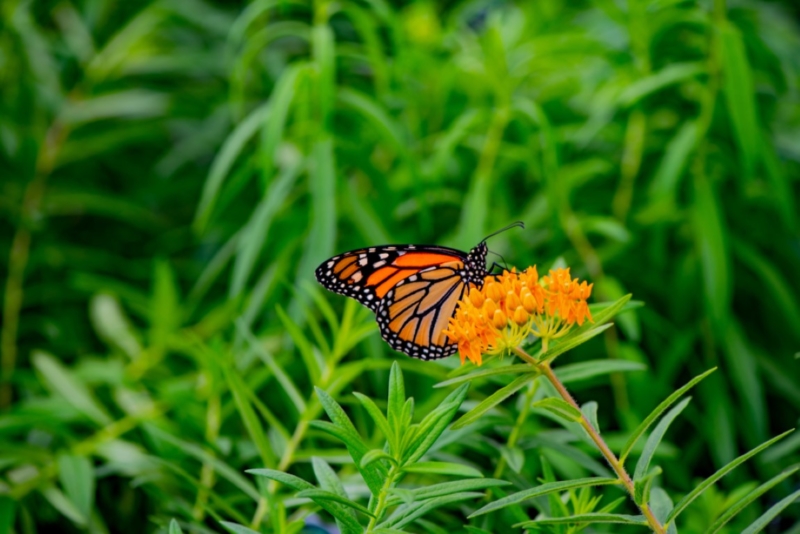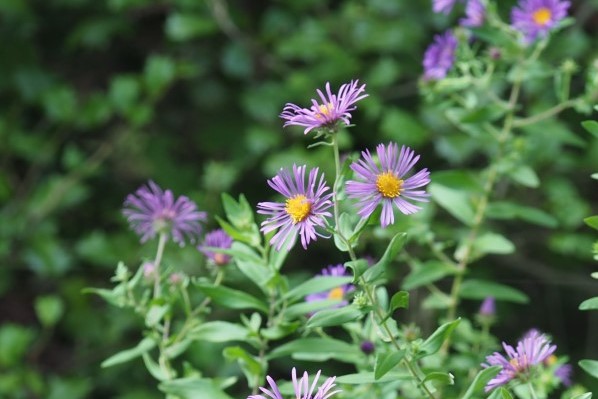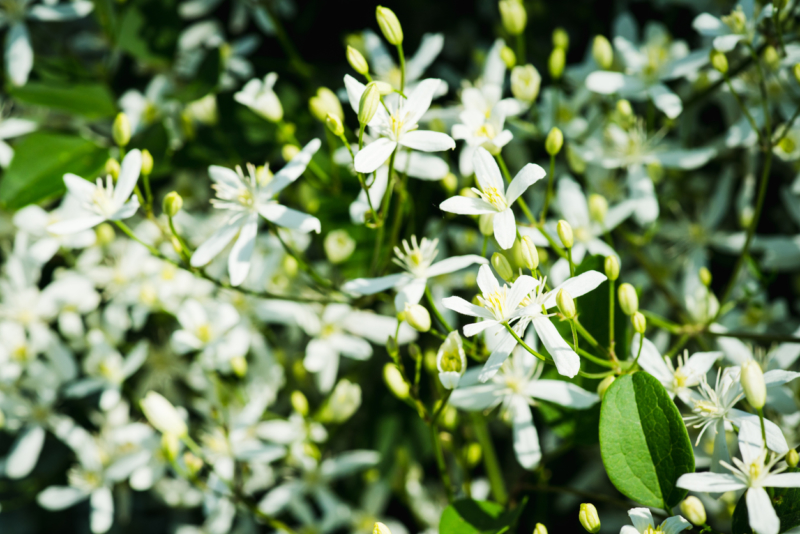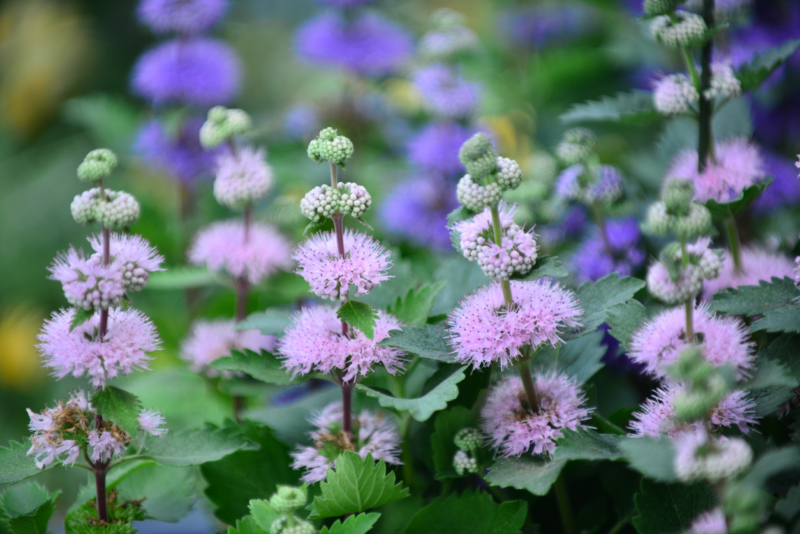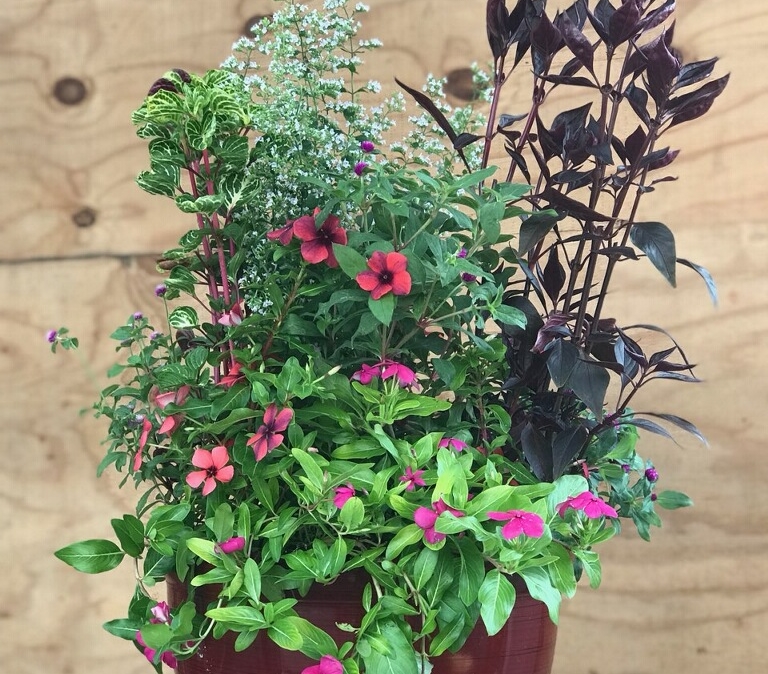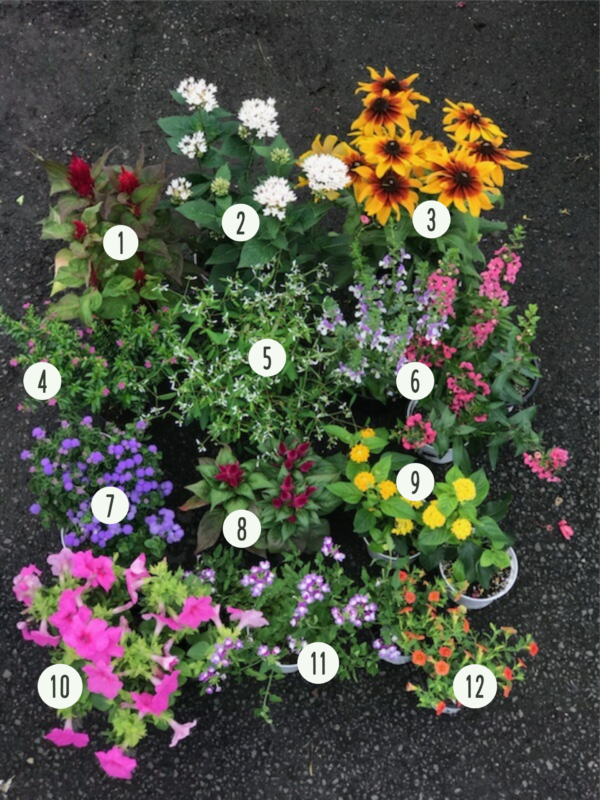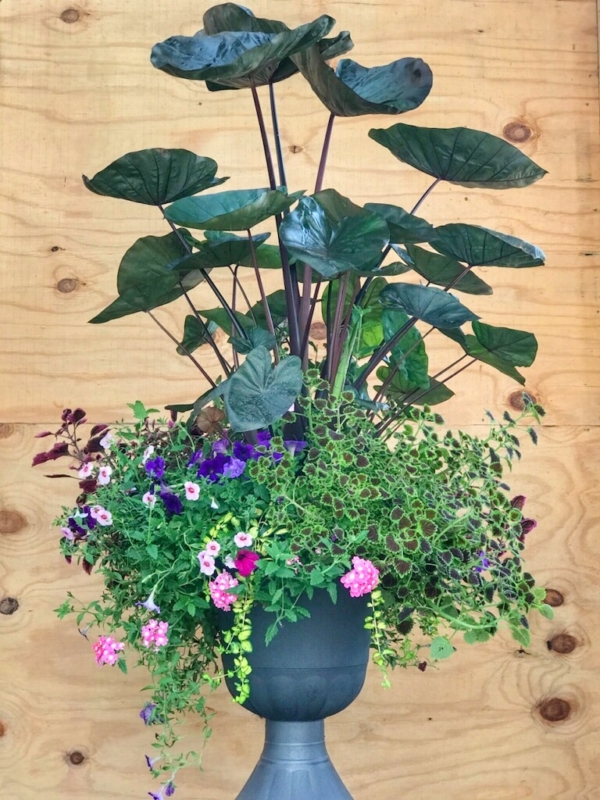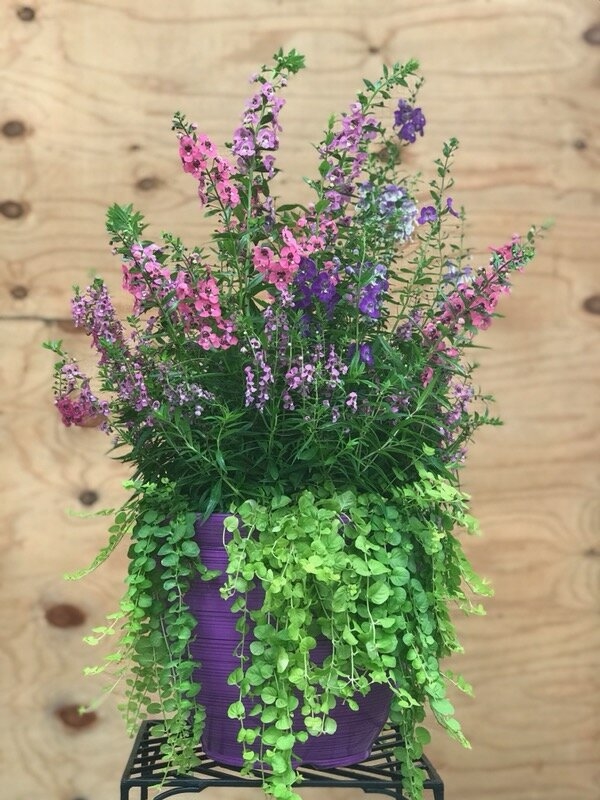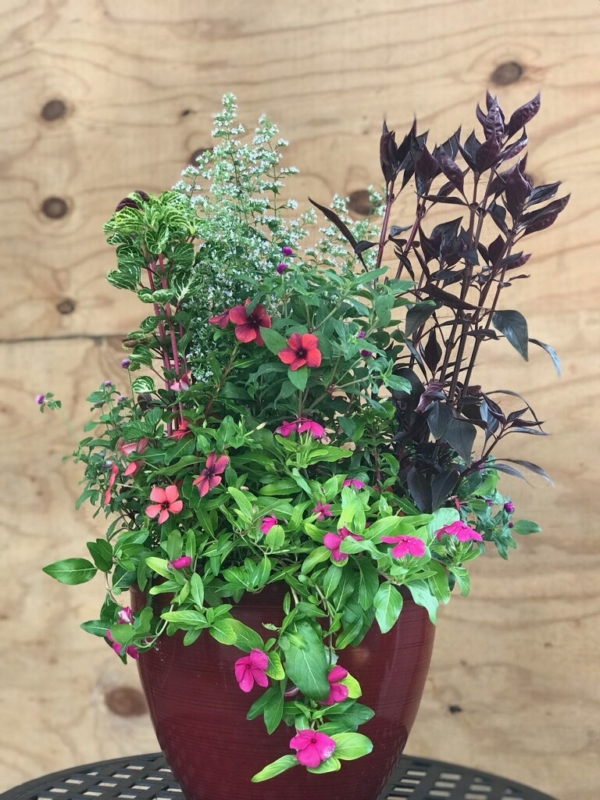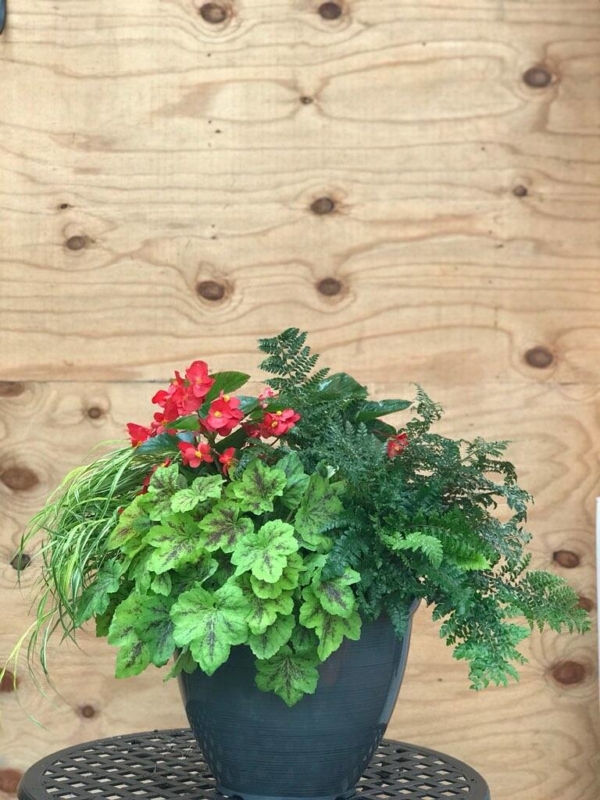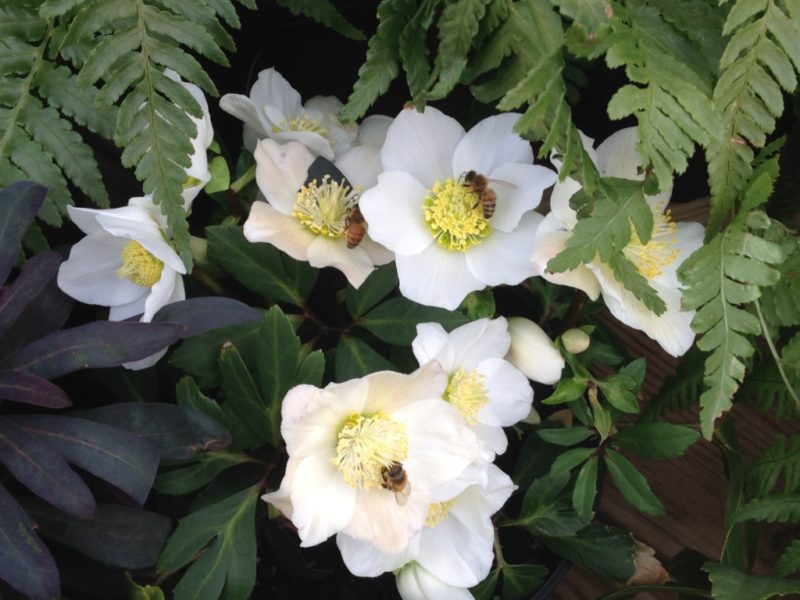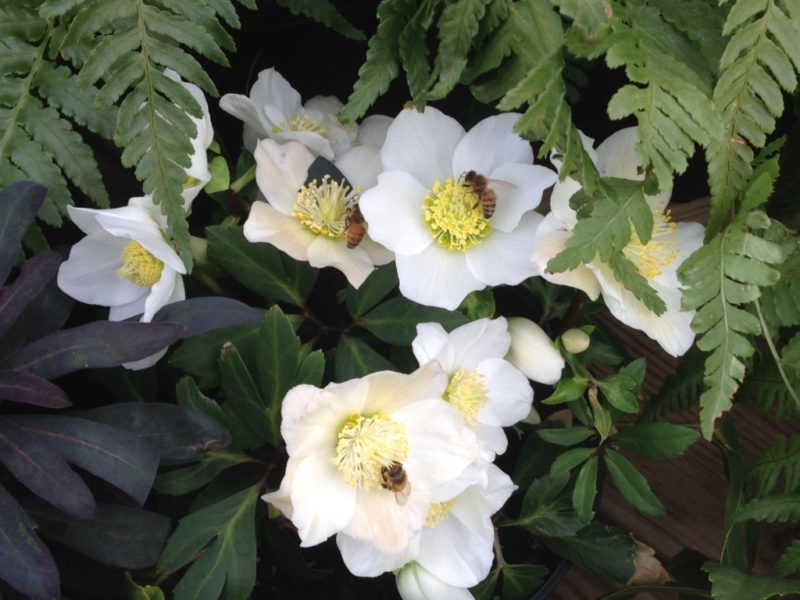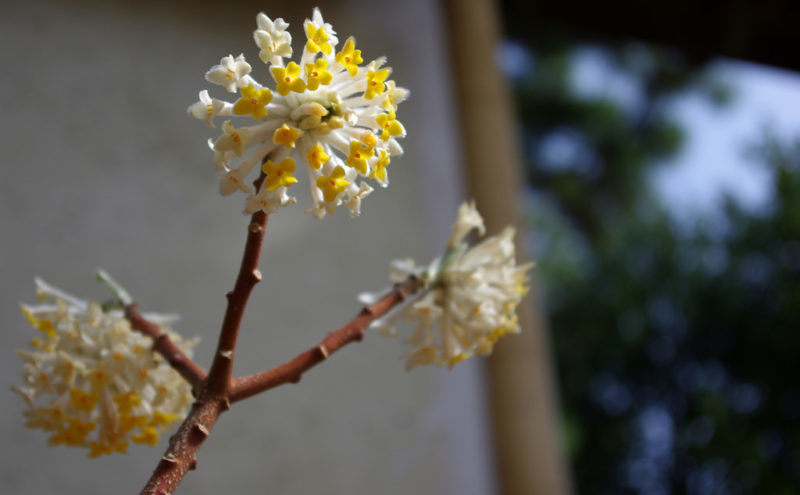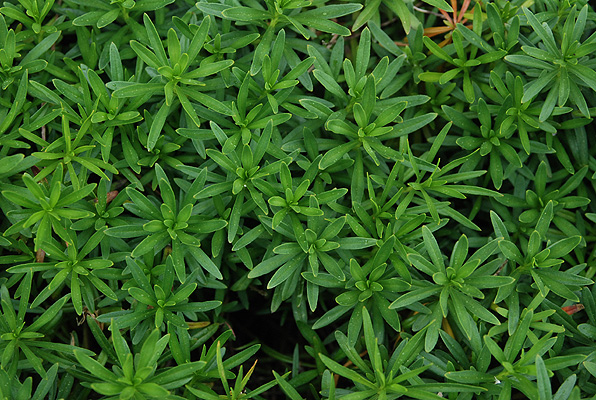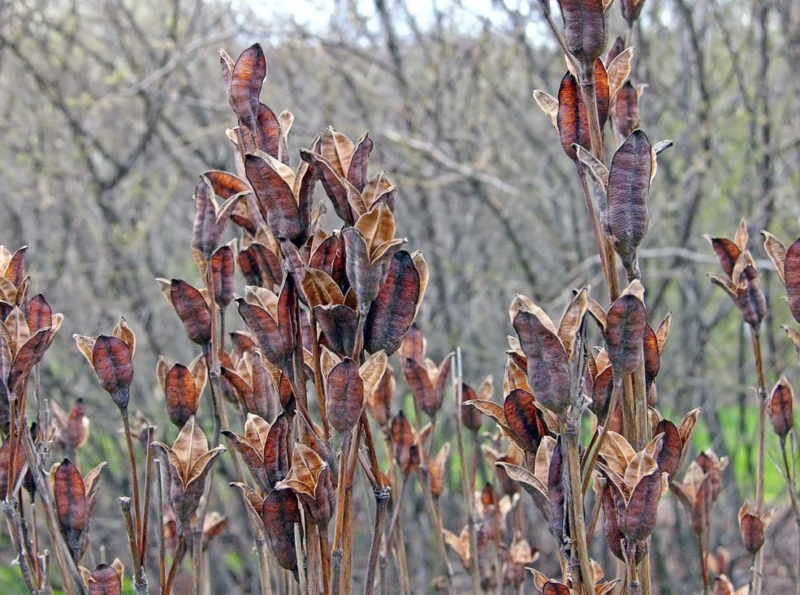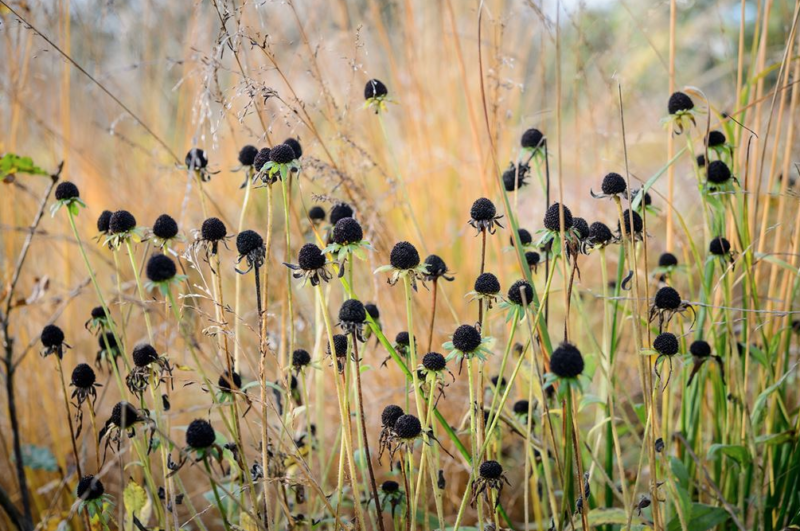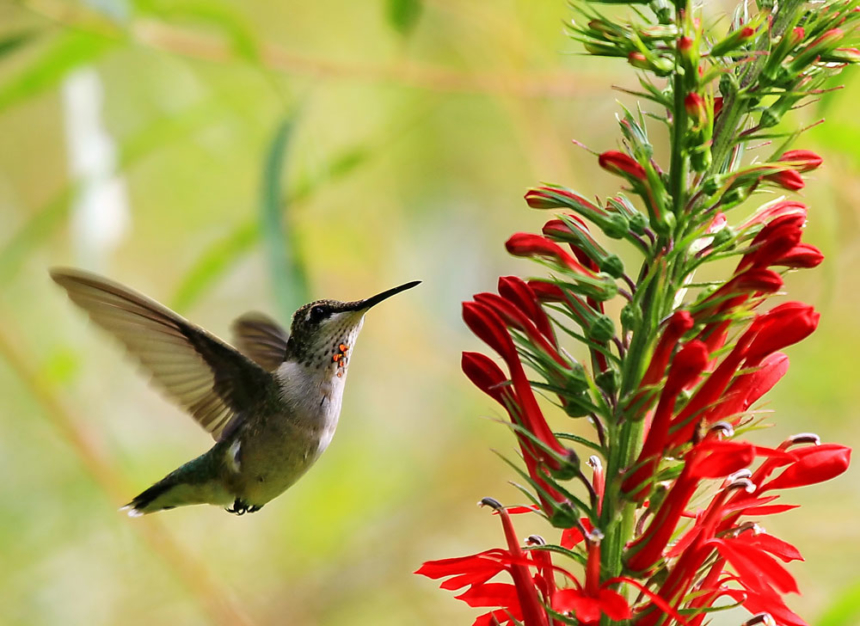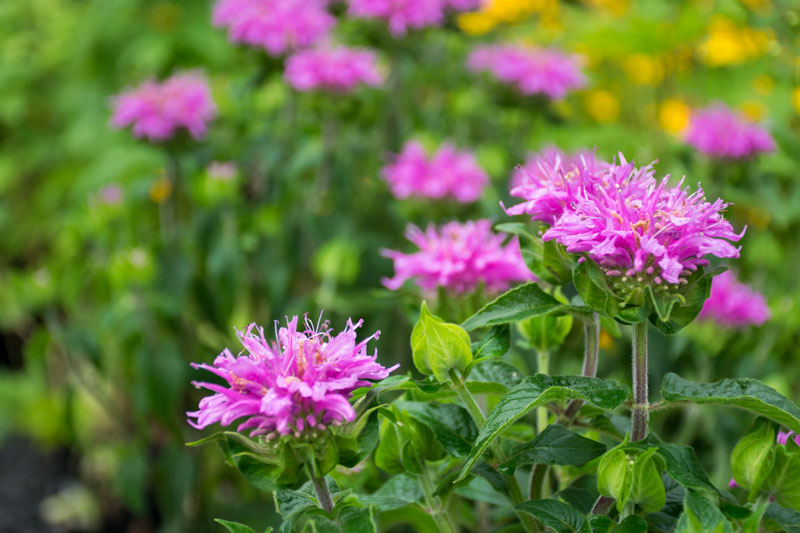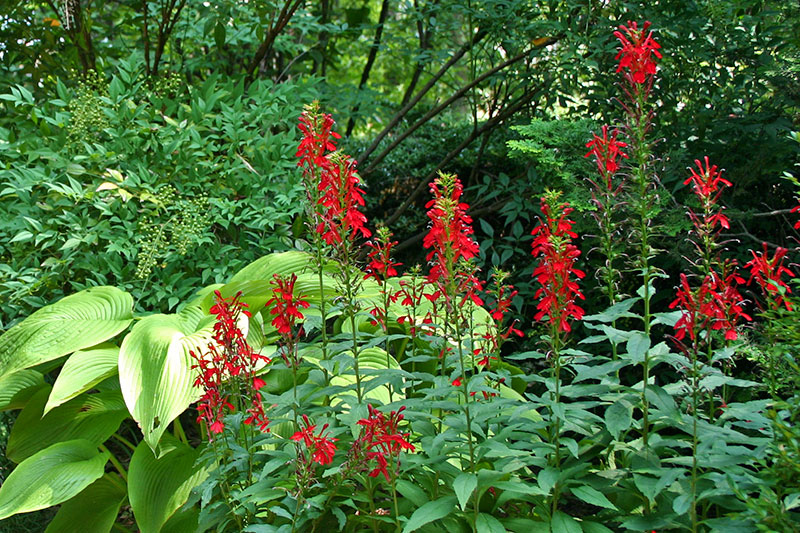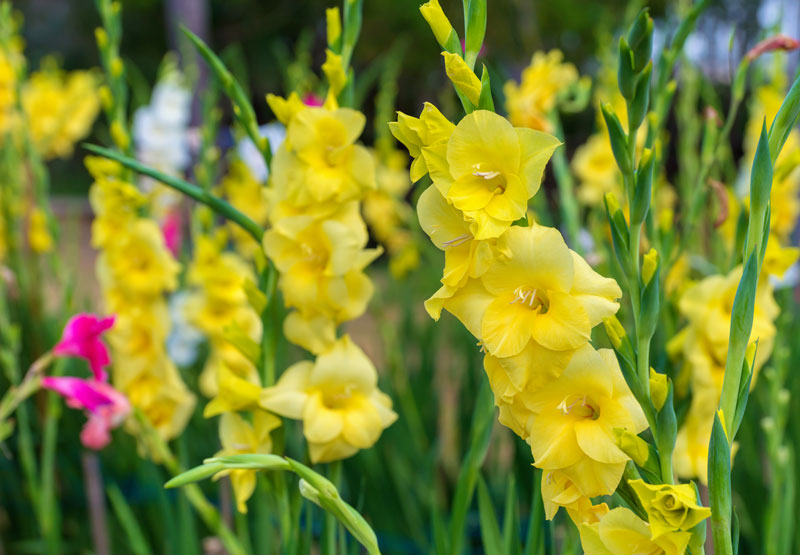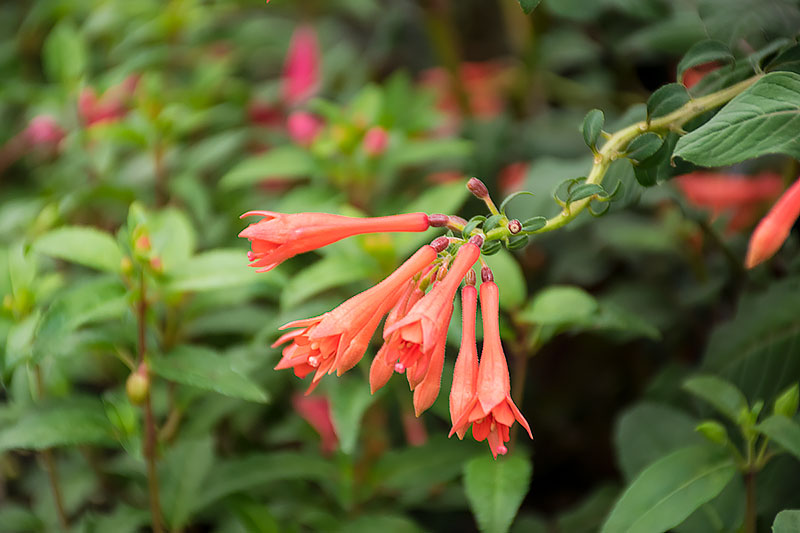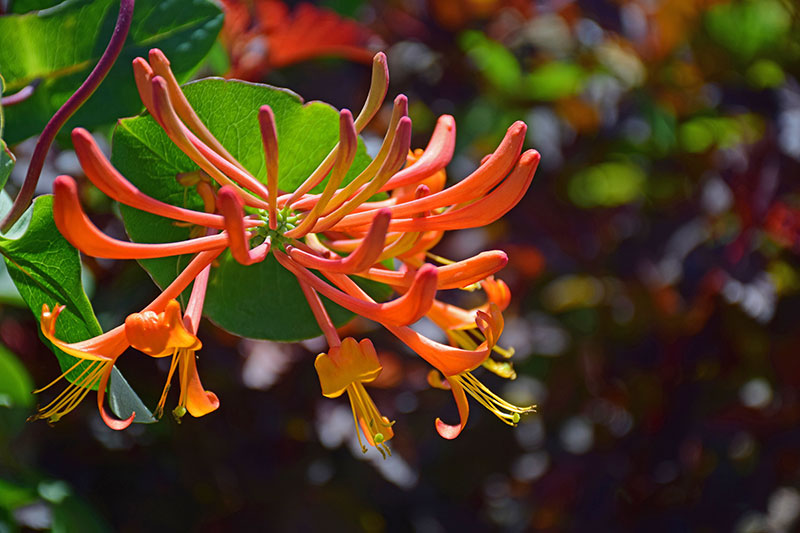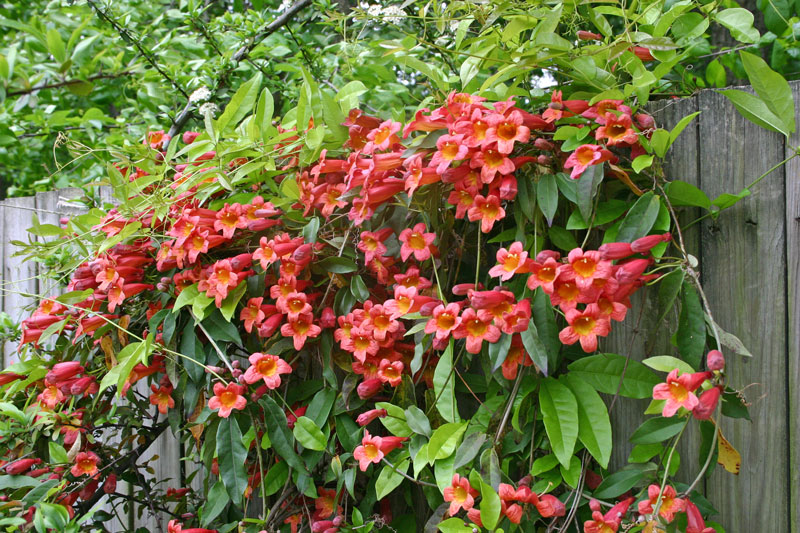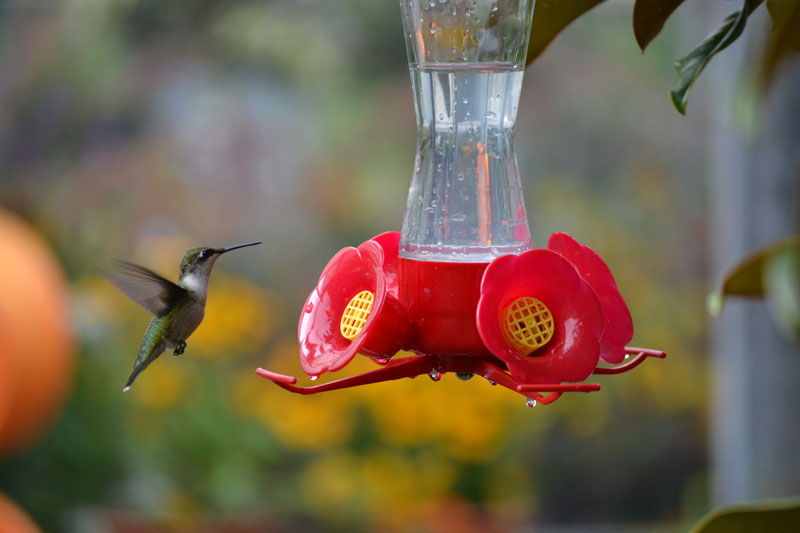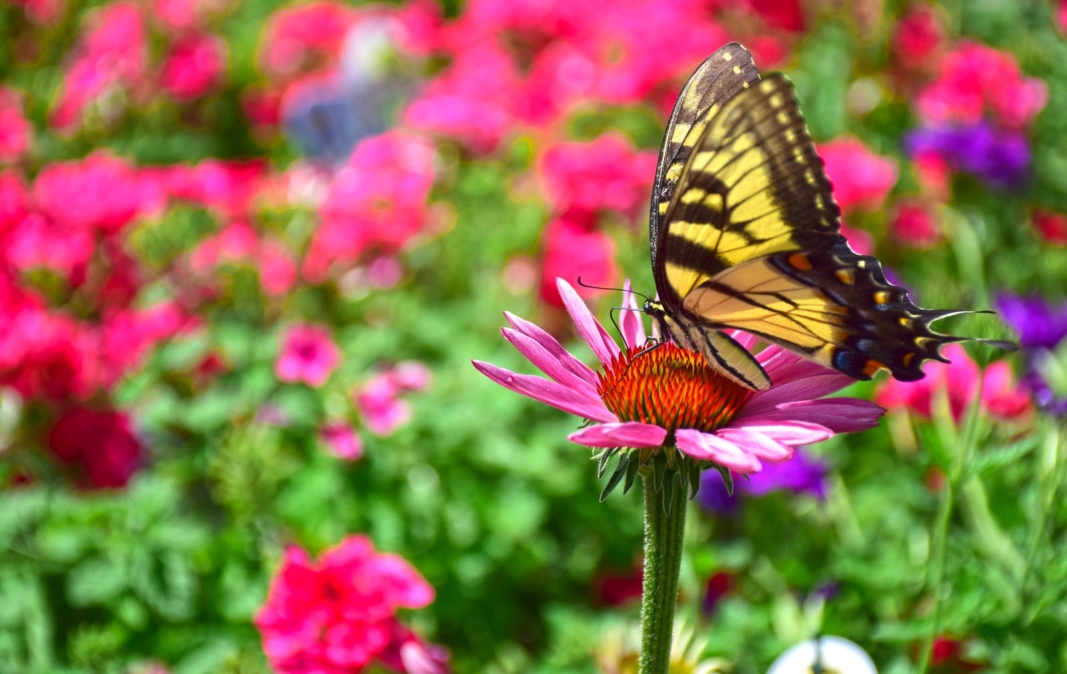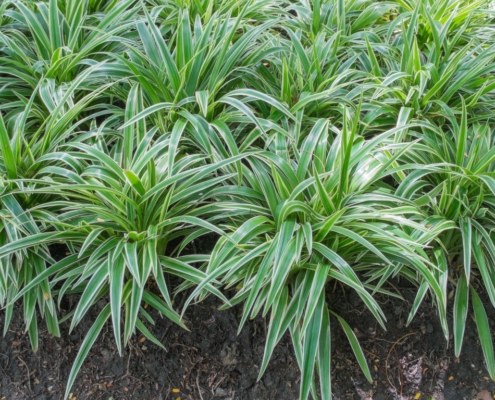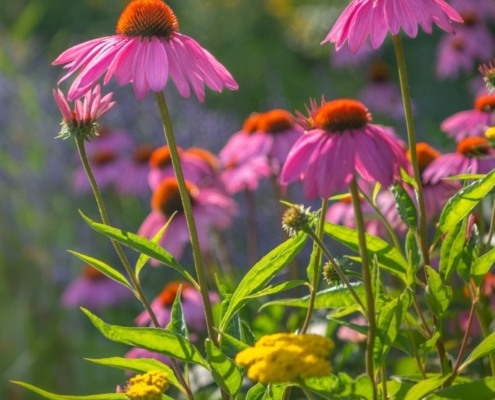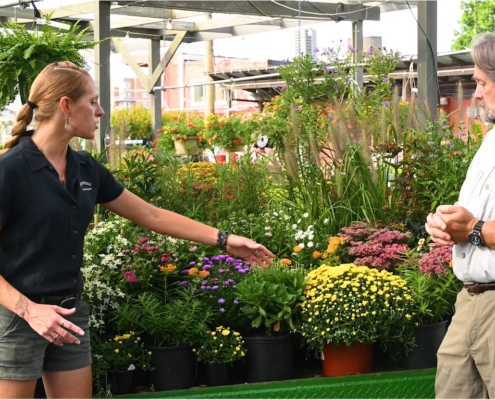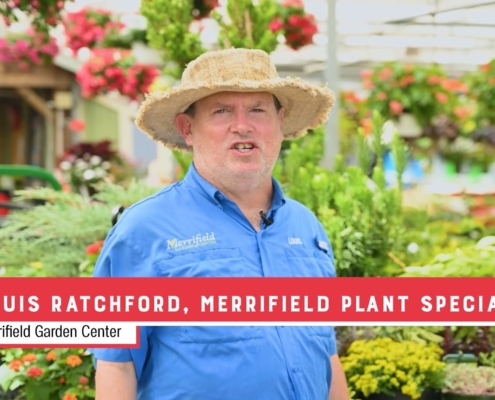Plant Picks: Annuals and Perennials for Fall
With fall just around the corner, now is a great time to add some blooms and color to your garden for the change of seasons. Keith Tomlinson and Caitlin Akkerhuis have put together their roundup of fall annuals and perennials that make excellent additions to gardens with a variety of conditions and needs – whether you are looking for bright blooms, natives, or plants for pollinators.
Chrysanthemums and Dendranthemums
Chrysanthemums, or mums, may be one of the most well known fall flowers, and for good reason. These vibrant plants come in every color imaginable, and bloom for about 4 weeks at a time. When selecting plants from the garden center, try picking ones with buds that are just opening to extend the time you have them in bloom.
Dendranthemums are the perennial version of the Chrysanthemum. You can plant these in the summer, and they will be ready to bloom in the fall.
Monkshood
This plant prefers part sun, and will grow throughout the summer, producing vibrant purple flowers during the peak of our fall season. These plants are toxic, which makes them completely deer proof, however you will also want to keep this in mind for your own pets and family when planting.
Pennisetum
This family of ornamental grasses are in full bloom during the fall, and include favorites such as fountain grass and millet. These are great plants to add to your garden if you would like to attract birds, who will visit to eat the seeds.
Helianthus salicifolius
This perennial sunflower will bloom in mid-fall. Like the other sunflowers, it features cheery yellow blooms.
Asclepias tuberosa
This native is a must-have if you wish to support monarch butterflies. Also known as milkweed, or butterfly weed, it is the only host plant of monarch caterpillars. It will bloom through the fall.
New England Aster
This native aster will bloom well into fall, and is one of the taller varieties of aster. for shorter versions, plant New York Aster or Woods Aster.
Clematis paniculata
Also known as Sweet Autumn Clematis, this climbing plant will grow quickly, so you can easily end up with a plant that covers an area of 6 ft. or so.
Caryopteris
This flower will bloom from late summer through early fall. Mature plants will bloom for up to 8 weeks, making this a great choice if you are looking for long lasting blooms to attract bees and butterflies.


